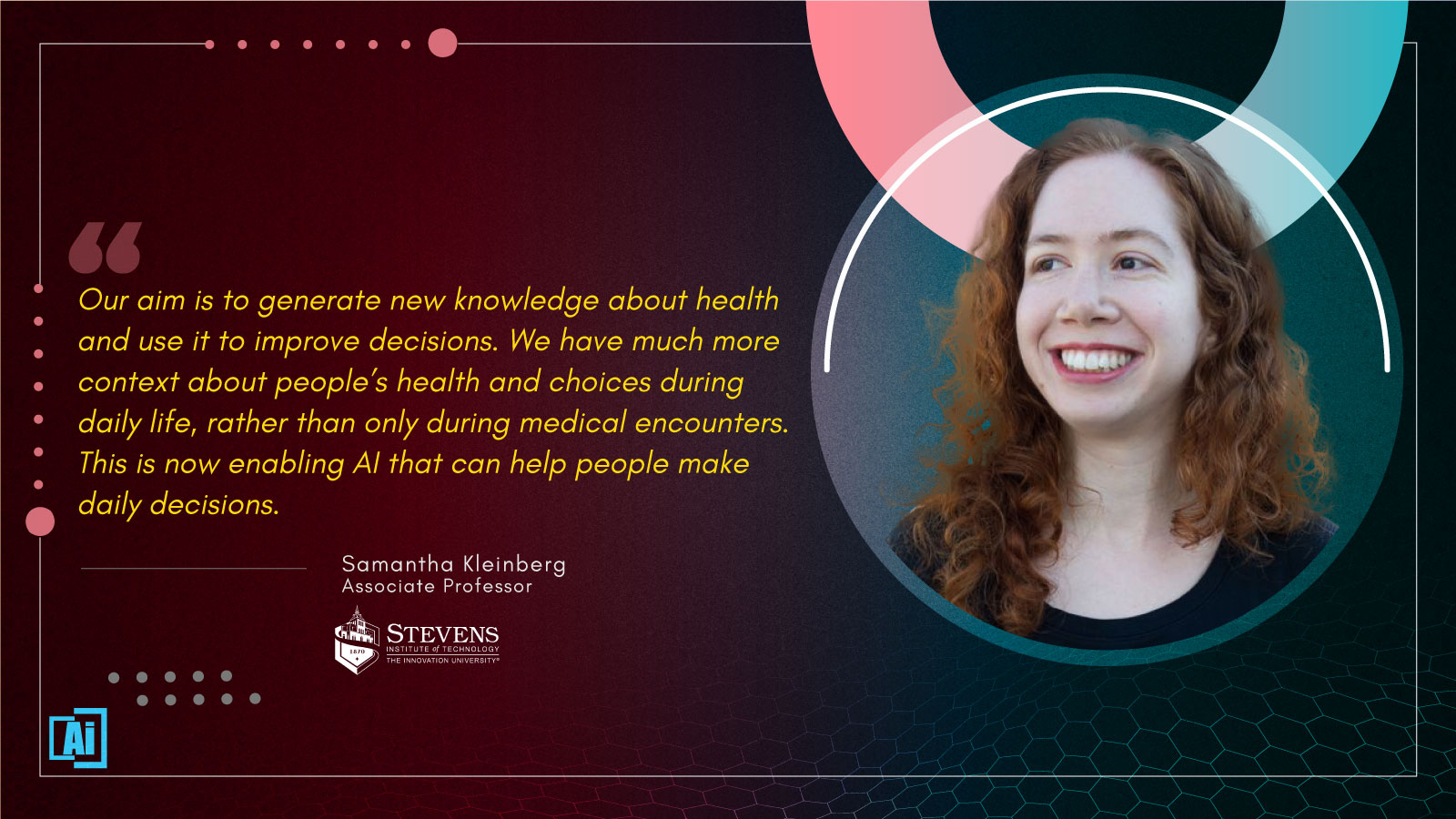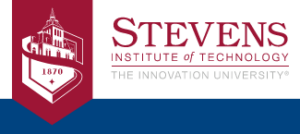AiThority Interview with Samantha Kleinberg, Assistant Professor at Stevens Institute of Technology

Hi Samantha, please tell us about your current role and how you began to work with AI and data science.
I’m currently an Associate Professor of Computer Science at Stevens Institute of Technology, where I lead the Health and AI Lab. I’ve always combined computing and biology in some form, starting with biomathematics and looking at properties of DNA, then bioinformatics and gene expression, and finally biomedical informatics working on electronic health record data. Now I’m focused on how we can support both doctors and patients making health decisions, whether that means using AI to give them information they otherwise wouldn’t have, or to figure out what the right information is.
Since you first started with AI, how much has the technology and the applications evolved for the general consumers and researchers?
When I first started AI for health was not widespread, and the data was mainly clinical data collected by a few hospitals. Now it has grown into its own field, with dedicated conferences, shared datasets, and real-world success stories of AI informing and improving medical care. A particularly exciting area of growth is the data being collected by people outside medical settings using wearable devices and apps. We now have much more context about people’s health and choices during daily life, rather than only during medical encounters. This is now enabling AI that can help people make daily decisions.
Recommended: AiThority Interview with Robert Schena, CEO and Co-founder at Rajant
Please tell us about Steven’s Health and AI Lab. What is the idea behind putting AI at the center of human healthcare management?
I put humans at the center of health, and always aim to develop systems that can fulfill human needs and work with people to achieve a goal, rather than trying to replace them. I think AI has a lot of potential as an interface between data and people. It’s hard to make sense of the thousands of blood glucose measurements someone may collect and to use that to inform how they manage their diabetes, but AI can help find why blood glucose changes and help inform behavior, like adjusting insulin dosing the day after exercise.
What kind of outcomes are you hoping to achieve with AI Lab?
We aim to generate new knowledge about health (like why some people regain consciousness after a stroke while others don’t) and use it to improve decisions (like how a patient in a hospital is cared for, or how people manage their chronic conditions or maintain their health).
There are a lot of things that can influence food choices — but AI probably wouldn’t be one of them! Could you please tell us how AI is being used to make people turn to healthier diets?
AI is already influencing our food choices in ways we often don’t think about. It determines what food ads we see when we look at a website, and what restaurants show up at the top of search results. But traditionally what we know about what we should eat comes from generic guidelines. The biggest recent change has been the use of AI to provide personalized nutrition guidance, so figuring out what kinds of foods will keep your blood sugar healthy. To get this information though you either need to be part of a research study or pay a company, so it’s not very accessible. The new NIH Nutrition for Precision Health program aims to change this by learning not just learning individualized relationships between diet and health but doing this in a way that we can provide information to people who aren’t part of the study. The AI part is taking the huge amount of data collected (microbiome, genome, social determinants of health, what foods people eat, various indicators of health etc.) and learning the relationship between these factors.
Recommended: AiThority Interview with Pete Stein, President at Merkle Americas
Do you agree the same AI algorithms could be used to influence / intimidate people into buying unhealthy foods? What is the regulation on these applications in the long run, particularly when vulnerable classes and minor populations are involved?
I work mainly on causal inference, so trying to understand what leads to changes in blood glucose, or what puts people at risk of gestational diabetes. A major advantage of this kind of AI, compared to predictive models, is that people can understand the recommendations, and see why an algorithm thinks they should take an action. This makes it easier to know when to trust it.
On the other hand, while there’s oversight of academic research with people, there is not necessarily the same ethics review of algorithms. If an app or algorithm for decision support isn’t regulated by the FDA, there’s no other oversight right now. The FDA is in the process of updating its guidance so we may see more regulation of algorithms that currently are not under their purview.
Recommended: AiThority Interview with Adrian Jones, Chief Revenue Officer at ABBYY
A message to every AI professional looking to build a career in food and healthcare industry.
I think the biggest thing AI professionals could do but don’t always do is talk to and try to deeply understand users – what they want AI to do, how they see it fitting into their lives, what concerns they have.
Thank you, Samantha! That was fun and we hope to see you back on AiThority.com soon.
[To share your insights with us, please write to sghosh@martechseries.com]
Samantha Kleinberg is an Associate Professor in the Computer Science department at Stevens Institute of Technology.
After completing her PhD in Computer Science in 2010 from NYU, Dr. Kleinberg spent two years as a postdoctoral Computing Innovation Fellow at Columbia University in the Department of Biomedical Informatics. Previously, she was an undergraduate student at NYU in Computer Science and Physics. More recently, Dr. Kleinberg spent a year on sabbatical in the psychology department of University College London.
Dr. Kleinberg has written an academic book, Causality, Probability, and Time, and another for a wider audience, Why: A Guide To Finding and Using Causes. She’s the editor of Time and Causality Across the Sciences.
Stevens Institute of Technology is a premier, private research university situated in Hoboken, New Jersey. Since our founding in 1870, technological innovation has been the hallmark of Stevens’ education and research. Within the university’s three schools and one college, 8,000 undergraduate and graduate students collaborate closely with faculty in an interdisciplinary, student-centric, entrepreneurial environment. Academic and research programs spanning business, computing, engineering, the arts and other disciplines actively advance the frontiers of science and leverage technology to confront our most pressing global challenges. The university continues to be consistently ranked among the nation’s leaders in career services, post-graduation salaries of alumni, and return on tuition investment.


Comments are closed.